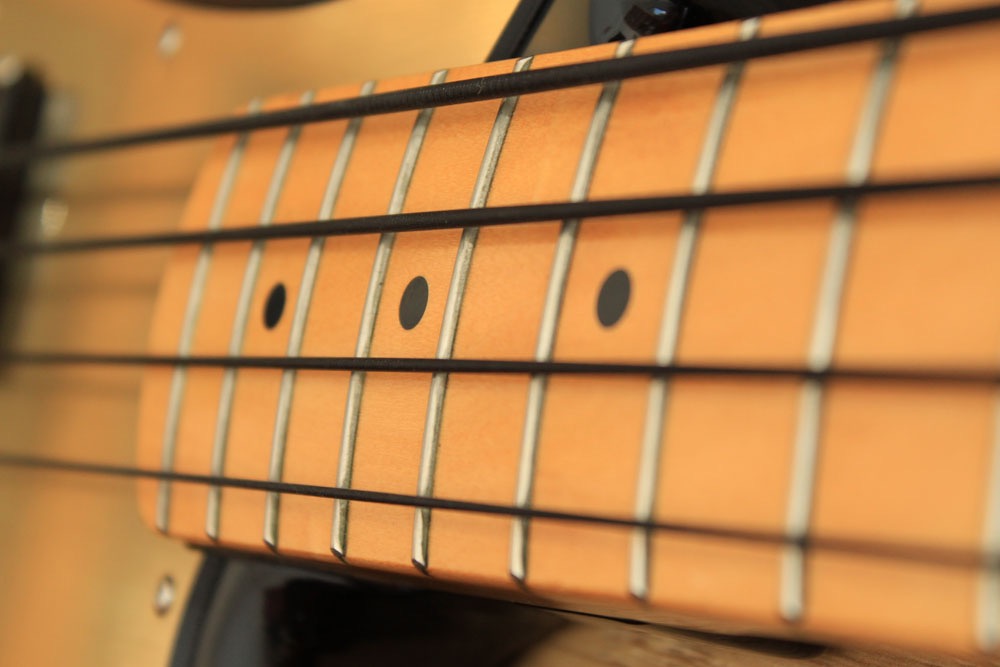The Jackson 5 Christmas Album is proof that bass players needn’t spend the holiday season gritting their teeth as they sulk their way through yet another rendition of ‘All I Want For Christmas Is You’; Christmas tunes can be a joy to play when Motown is involved, and ‘Up On The House Top’ is no exception. You can also find a transcription of ‘Santa Claus is Coming to Town’ right here.
1970 was a busy year for the Jackson Five, having already released two albums (ABC and Third Album) prior to their best-selling festive record, and the singles ‘ABC’, ‘The Love You Save’ and ‘I’ll Be There’ had continued their run of Billboard chart number one hits.
Who Played Bass On The Jackson Five Christmas Album?
One of the mysteries confronting me when transcribing the bass line of ‘Up On The House Top’ concerns exactly who to credit for the part on the recording. Wilton Felder had handled bass duties on the band’s other albums, but it could have also been Motown’s house band playing on the Christmas Album, which means that James Jamerson would have been involved.
The bass part itself seems to have been written out for the session due to the almost constant doubling of lines by the rhythm guitar, so there’s little to give away the player’s identity. Personally, I think it sounds like more like Felder than Jamerson, so I’ve credited Wilton (if anyone can shed light on this then please get in touch!).
Jackson Five – ‘Up On The House Top’ bass transcription PDF
As with almost all bass lines, the main issue with the bass part to ‘Up On The House Top’ is where on the neck to play it; the fact that we have the luxury of being able to play the same notes in several different places means that there’s lots of scope to experiment and find the area of the fretboard that suits you best. The play-along video shows my personal preference, mainly involving seventh position:
The main bass groove features a variety of 16th-note figures combined with 8th-notes, ties and rests. This might be a sight reading workout to begin with, but once you’ve sussed put the first two bars it should be plain sailing. Ghost notes in the transcription represent the open string that my right hand plucks, rather than a specific fret; these are merely a suggestion and should be adapted based on what you feel sounds best.

